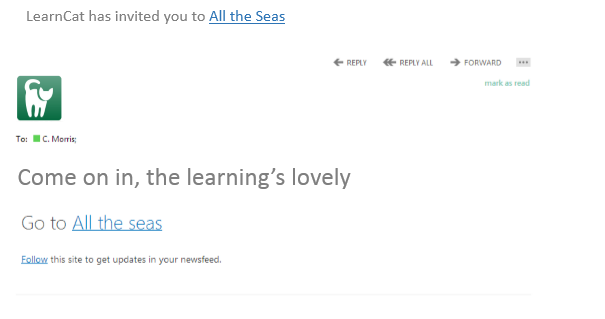
Storytelling and storymaking provide opportunities for sharing thoughts and ideas as a class, group or with an individual. It is a motivational tool which encourages learning, good communication skills and engagement with writing. Storytelling is also an ideal tool for supporting children with special educational needs.
Through listening to and telling stories children extend and enrich their vocabulary and develop their understanding of what is special, vibrant and valuable about their own and other cultures and their languages. There are opportunities to communicate, collaborate and build relationships when children share stories and participate in storymaking activities as a small group and as a class. Retelling stories through different media show children the wide range of ways in which they and others can be creative. Storytelling helps children to reflect on and explain their literacy and thinking skills, using feedback to help them improve and sensitively provide useful comments for others through positive feedback and formative assessment.
The ‘Bothy’ at the Storytelling Centre in Edinburgh will be the venue for 3 live Glow TV Tell-a-Story events when storytellers will ignite the imagination of viewers by telling stories and they will then share their techniques and answer questions to help learners learn to tell stories and plan their own Tell-a-Story Day event.

Tell-a-Story Day is the national celebration of oral storytelling, when people all over Scotland will be making, sharing and listening to stories in schools, libraries, community centres, churches, hospitals, homes, gardens – and some more unusual venues! Tell-a-Story Day is a great way of taking part in the Scottish International Storytelling Festival wherever you are and is a fun way of spending time with family and friends whatever your age.
Enter a magical world of enchanting fairy tales, scary Halloween stories or treasured family legends, and bring your community, workplace or family closer together on Tell-a-Story Day.
The first of the Tell a Story event is on 5th September at 11am
Sign up on Glow TV here


















